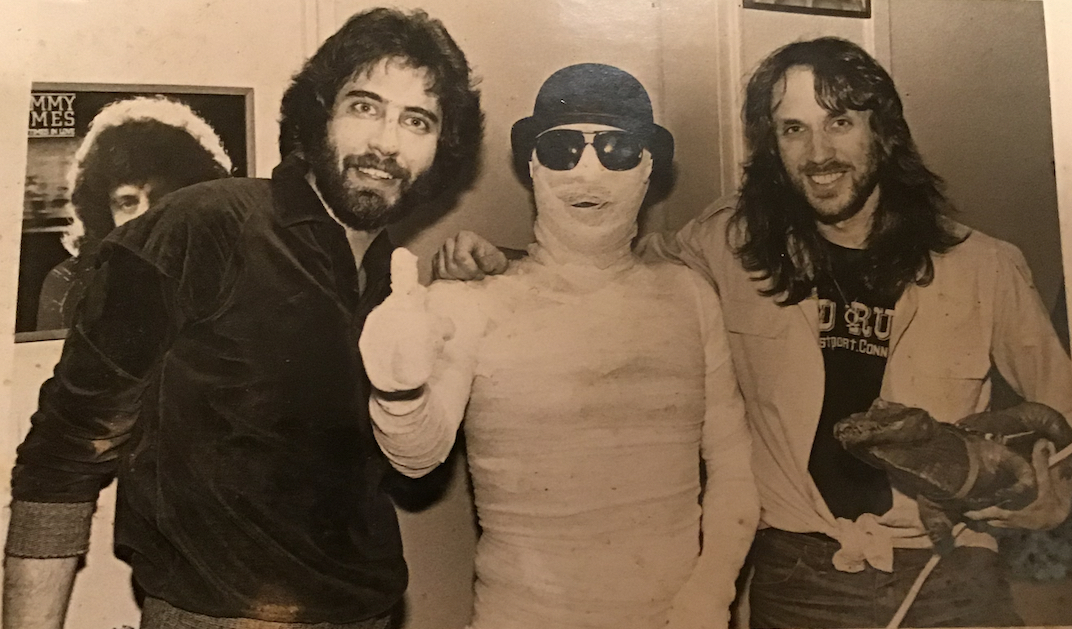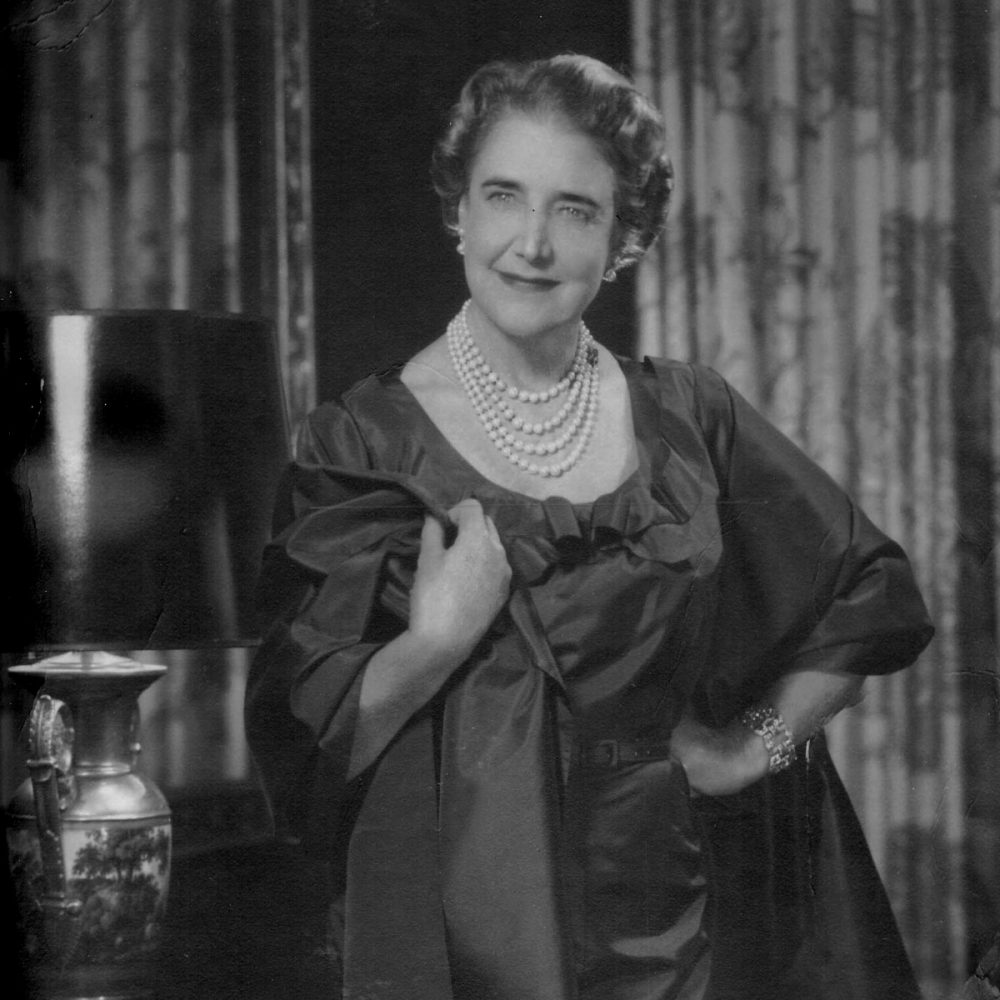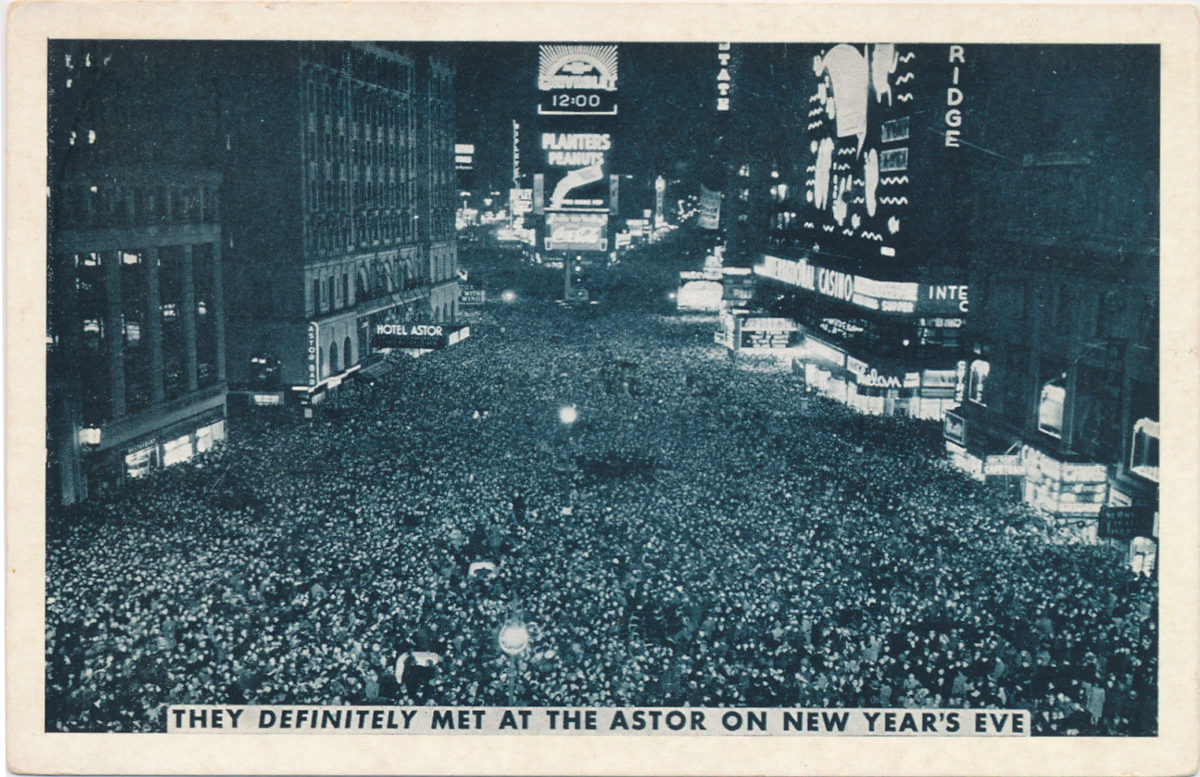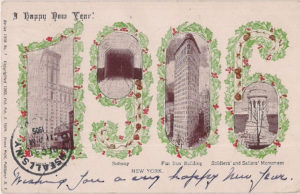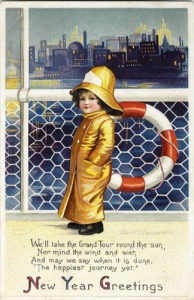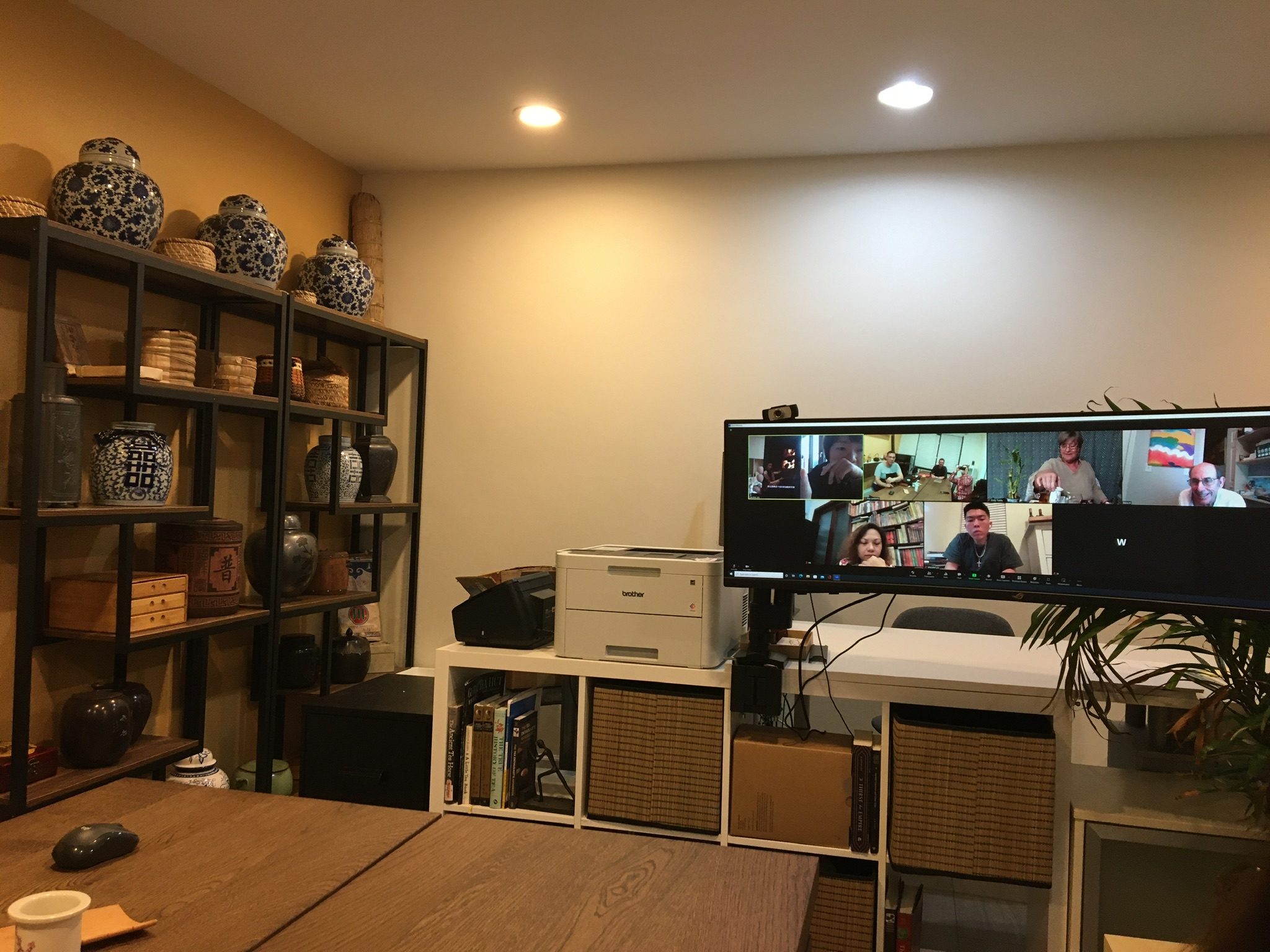Little Free Library creates international trail
Residents giving the gift of reading
By Michael Perlman
mperlman@queensledger.com

The Little Free Diverse Library at FHHS, Ribbon-cutting ceremony, May 2021, Courtesy of FHHS Librarian Lindsay Klemas
“Between the pages of a book is a lovely place to be,” reads a stenciled slogan on the side of a decorative Little Free Library book-sharing box on a Colonial rowhouse lawn at 100-21 67th Drive.
The concept of taking a book and giving a book is going strong, not only in Forest Hills, but internationally.
Founded in 2009, Little Free Library is a non-profit in St. Paul, Minnesota that partners with an extensive coalition of stewards who embrace giving the gift of reading, rather than discarding unwanted books.
There are 16 staff members, who work diligently to support greater than 150,000 Little Free Libraries in 115 countries.
Last year, an app was launched, enabling the public to locate those libraries in close proximity or on the other side of the world: https://littlefreelibrary.org/app/.
“Through Little Free Library book exchanges, millions of books are exchanged each year, profoundly increasing access to books for readers of all ages and backgrounds,” said Margret Aldrich, Little Free Library’s director of communications.
Originating a Little Free Library is a wonderful way to build community, inspire readers and improve book access, according to Aldrich. She also views it as a meaningful project for families, schools and many community organizations to bring an outdoor library to life.
“Studies have repeatedly shown that books in the hands of children have a meaningful impact on improving literacy. The more books in or near the home, the more likely a child will learn and love to read,” Aldrich said.
In the U.S., two out of three children living in poverty have no books to call their own. Additionally, there are over 30 million adults nationwide who are unable to read or write above a third-grade level.
In areas where books are scarce, the book-sharing boxes especially play an essential role by providing 24/7 access to books and fostering a passion for reading.
Little Free Library seeks to fill “book deserts” and grant libraries to underserved communities through its Impact Library Program, among other initiatives. By 2025, they have a goal of funding and sustaining 2,500 Little Free Library boxes in underserved communities across the U.S.
Social media is an essential resource for supporting Little Free Library initiatives. After this columnist posted on Facebook for a volunteer to deliver a donation of 100 books from Middle Village Troop 106 to Little Free Libraries in Forest Hills, a resident of that community and his girlfriend came forward.
Wishing to remain anonymous, he said, “On Sunday, we filled three library stands at Parker Towers and a few people even thanked us. Then we dropped off the rest at Commonpoint Queens Central Y. It was fulfilling and we are more than happy to help anytime.”

Anonymous Middle Village resident visits Parker Towers libraries
After local residents discovered that the power lies in their hands to design outdoor libraries with any theme and shape imaginable, they began to exchange ideas.
An anonymous 99th Street homeowner said, “There’s a lot of foot traffic past my house, and if it gets people to look up from their phones, I would be contributing to our quality of life.”
They envision designing one around an admired Jorge Luis Borges quote: “I have always imagined that Paradise will be a kind of library,” which can be spotted near a Cupertino, CA library entrance.
Books would be separated by language and age range. Additionally, nearby supers would be consulted to see if residents discarded books.
Forest Hills resident Carly Tribble visualizes a Little Free Library modeled after a house, and feels that an ideal location would be in front of rowhouses on Clyde Street near Forest Hills Stadium.
“It is challenging to cycle out old books when libraries sometimes do not take donations, so having a space to slowly donate them to our community, while protecting them from the elements, seems useful,” she said.
Local stewards spoke highly of their existing Little Free Libraries.

Forest Hills Little Free Library on 67th Dr near Austin St, Photo by Michael Perlman
“I am a Literacy professor and love books, and believe access to books is so important. This library stocks children and adult books. Come experience the joys of reading,” read a 67th Drive library description on the world app.
Forest Hills High School librarian, Lindsay Klemas, founded the “Little Free Diverse Library,” and feels it is an achievement that enables her school to celebrate a love of literature and diverse voices within the community.
“Books can help us learn to live in a world where everyone is able to be themselves and may be different from us. Reading allows us to build empathy for one another,” she said.
In fall 2020, NYC schools could apply for a grant, and upon its reality, Klemas’ students were excited.
“We had Library Google Meets daily to remain connected. My students were able to see each other in person for the first time to celebrate with an official ribbon-cutting in May 2021. It was a great way for us to come back and celebrate the love of reading diverse books.”
Now as the school roof is being restored, workers erected netting around the library stand, permitting access.
“It was so thoughtful and I felt like it was a symbol of how librarians are fighting to get books into the hands of readers,” she continued.
Judy Vladimir, Commonpoint Queens VP of Development, questioned, “What’s the good in books sitting in bookshelves in homes collecting dust?”
In summer 2020, an outdoor library at the Commonpoint Queens Central Y came to fruition.
She explained, “We have five book clubs between our staff and our Cultural Arts programs, so we decided we wanted to open that idea to the public. We shared our books outside our food pantry, where we always have foot traffic between neighbors, volunteers and even young families dropping off and picking up their little ones from our Early Childhood Center. As a community organization that provides educational opportunities for neighbors of all ages and abilities, books are one of our greatest allies in the quest for knowledge.”
In front of American Legion Continental Post #1424 at 107-15 Metropolitan Avenue is a library stand designed by Forest Hills resident, John Evanchik, of Boy Scout Troop 96.
His mother, Monica Evanchik, said, “John conducted lots of research and wanted to create a library stand, despite not having building experience. Richmond Hill residents Bill and Aleena Knight have been involved with the troop and became his mentors. Home Depot donated supplies. The whole troop got behind him to complete his project, which is a big part of what scouting is about.”
It was completed on Halloween in 2021, and he achieved his eagle scout rank in January 2022.
“The library is used by many residents daily, and it adds to the character of the front, doubling as a planter,” added American Legion Vice Commander Pat Conley.

American Legion Continental Post #1424 Little Free Library, Courtesy of Pat Conley
People are increasingly on the lookout for Little Free Libraries, based on the most unique design ideas and during their travels.
Former Queens resident Gregory Smith is a painter, home improvement contractor and builder of the library stand on Crescent Street in Northampton, Massachusetts. Completed in May 2019, it is a replica of the 1874 Victorian/Italianate Second Empire house behind it, which is owned by Maureen Flannery.
Smith explained, “It was her idea to represent her house and we need our historical sites. I took photos from all different angles. The library’s roof has slates that I incorporated from the house. It’s not only a book exchange, but a focal point that brings the community together in a town of poets and painters. I live five houses away and frequently come across people who ask about it.”
Marilyn Shurka Silk of Delray Beach, Florida, a former Rego Park resident, shared a hybrid concept.
“I live simply and know there are so many people with less,” she said. “Many people make birdhouses, so they can create book houses, and by having a section for non-perishable food, it’s equally important.”
Little Free Library was created by Wisconsinite Todd Herbert Bol in 2009, who then went on to found the organization.
He passed away in 2018, leaving behind a legacy for people across the country to engage with the wholesome concept and embrace the beauty of reading.



